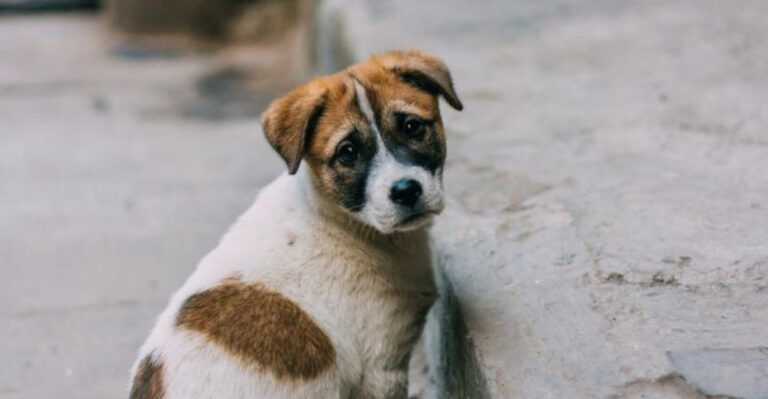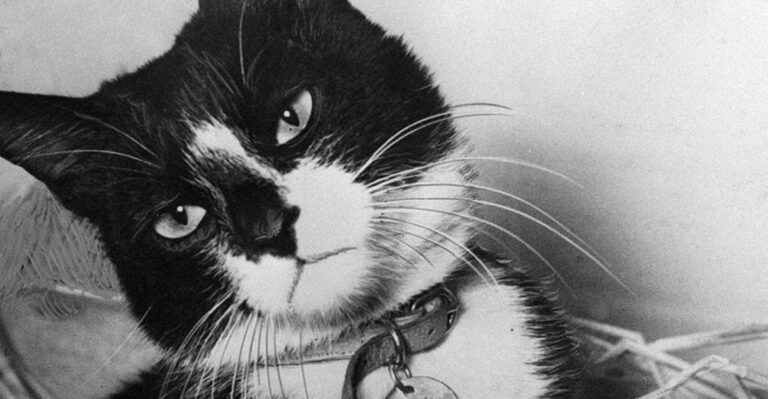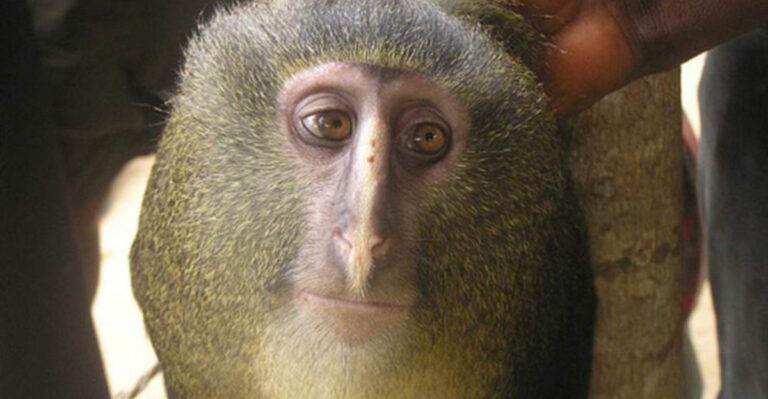7 Signs Your Dog Wants More Exercise (And 7 Breeds That Love To Lounge All Day)
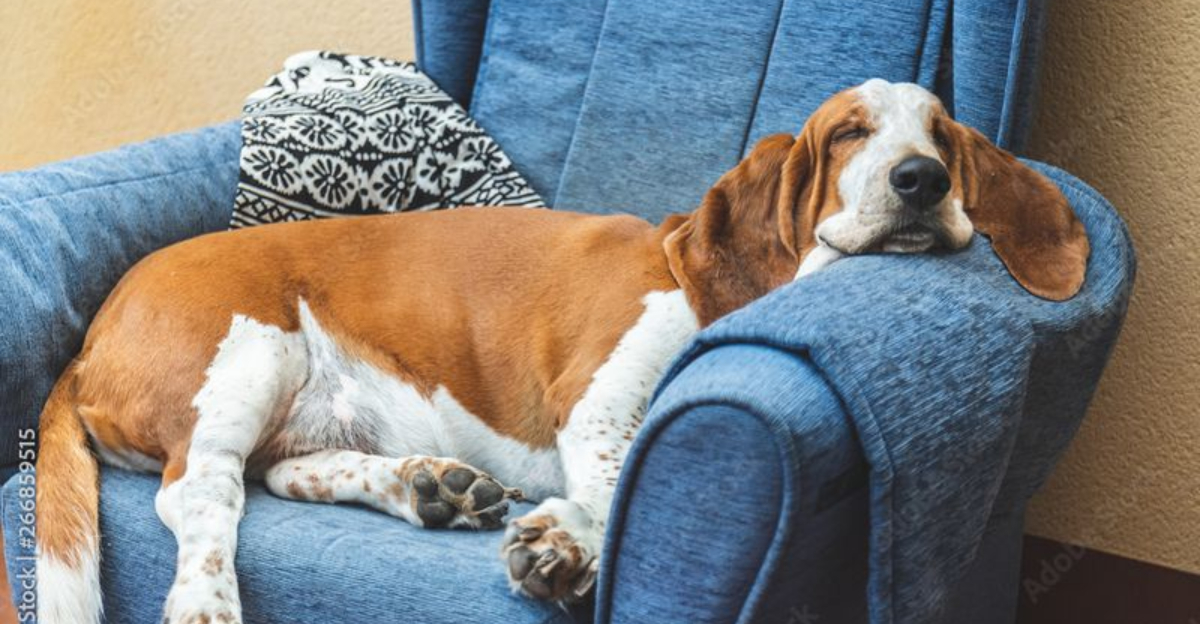
Dogs, like people, have different energy levels and exercise requirements. Some pups bounce off the walls when they need more activity, while others are perfectly content snoozing the day away.
Understanding your furry friend’s exercise needs is crucial for their physical health, mental wellbeing, and overall happiness. Here’s how to tell if your dog needs more movement, plus which breeds are naturally inclined to couch-potato status.
1. Excessive Barking Spells
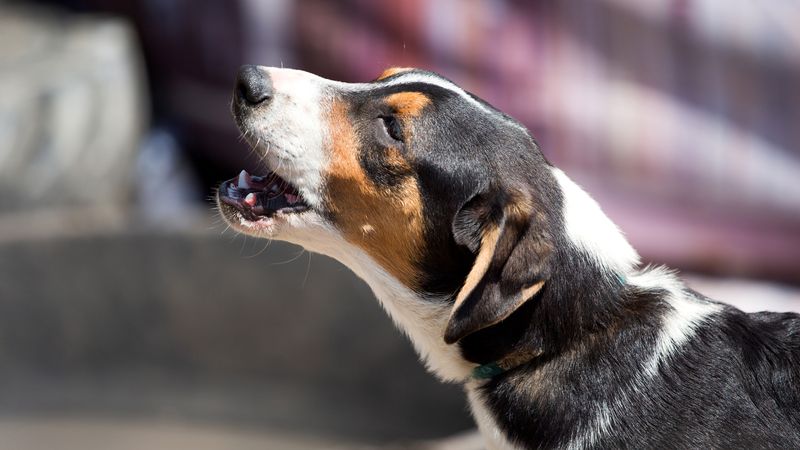
Your normally quiet pup suddenly won’t stop yapping at everything and nothing. This vocal outburst isn’t random—it’s often their way of releasing pent-up energy.
Dogs use barking as an outlet when they don’t have other ways to burn energy. Think of it as your dog’s version of fidgeting or pacing when bored.
A good walk or play session usually quiets these barking spells remarkably fast.
2. Destructive Chewing Habits
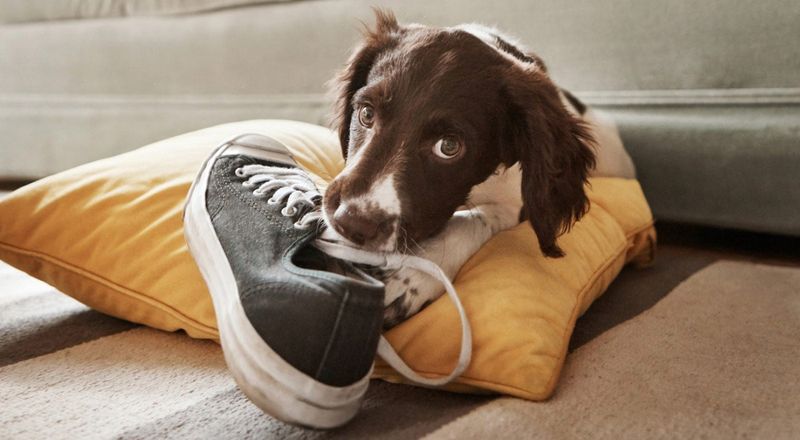
Found your favorite shoes transformed into a chew toy? Your dog might be telling you they need more activity in their day.
Bored dogs often turn household items into impromptu toys. This destructive behavior typically happens when they’ve got energy to burn and nothing constructive to do with it.
Regular exercise helps redirect this chewing instinct toward appropriate toys instead of your furniture.
3. Relentless Pacing Around The House
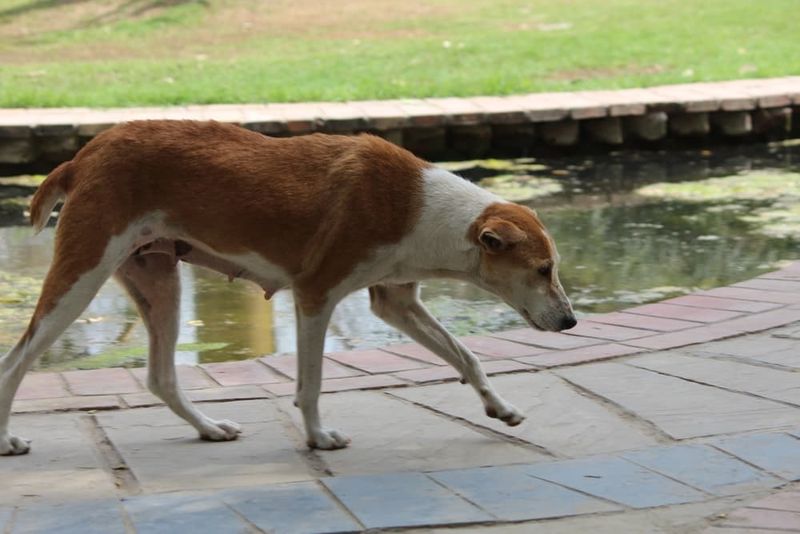
Notice your dog walking in circles or pacing from room to room? This restless behavior signals they’re searching for something to do.
Dogs naturally want to explore, sniff, and move. When confined without adequate exercise, this instinct manifests as repetitive movement patterns around your home.
Even a quick 15-minute training session can help satisfy this urge and calm the constant motion.
4. Jumping On People Constantly
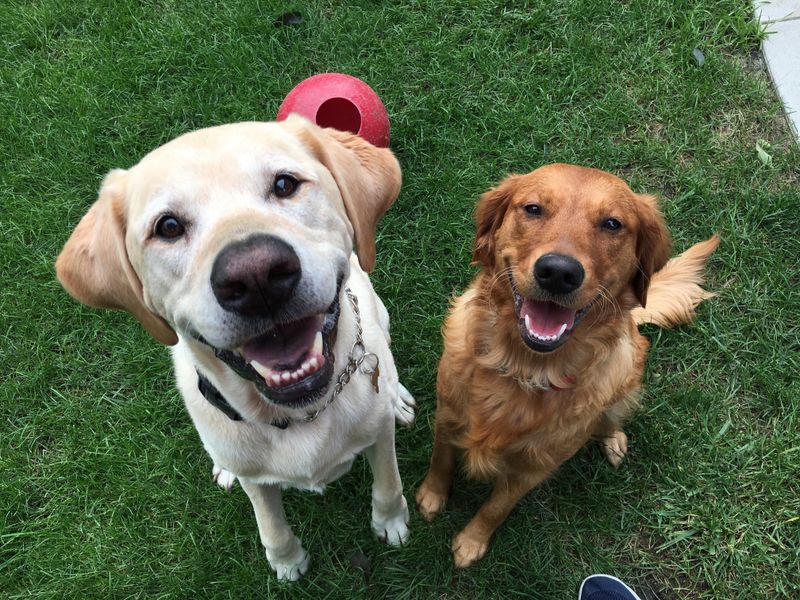
Your dog launches themselves at every visitor like a furry missile? That’s excess energy looking for an outlet.
Jumping up is partly greeting behavior but becomes excessive when dogs lack proper exercise. The physical contact and attention serve as mini-energy releases.
A tired dog from a morning run or play session typically greets guests with much calmer behavior and fewer airborne moments.
5. Digging Holes In The Yard

Your garden looks like an archaeological dig site? Your pup is likely excavating out of boredom and excess energy.
Digging is a natural dog behavior that requires physical exertion. Many breeds were specifically developed to dig for hunting or denning purposes.
Regular exercise sessions diminish this behavior by providing alternative ways to expend energy and stimulate their hunting instincts through games instead.
6. Zoomies At Odd Hours
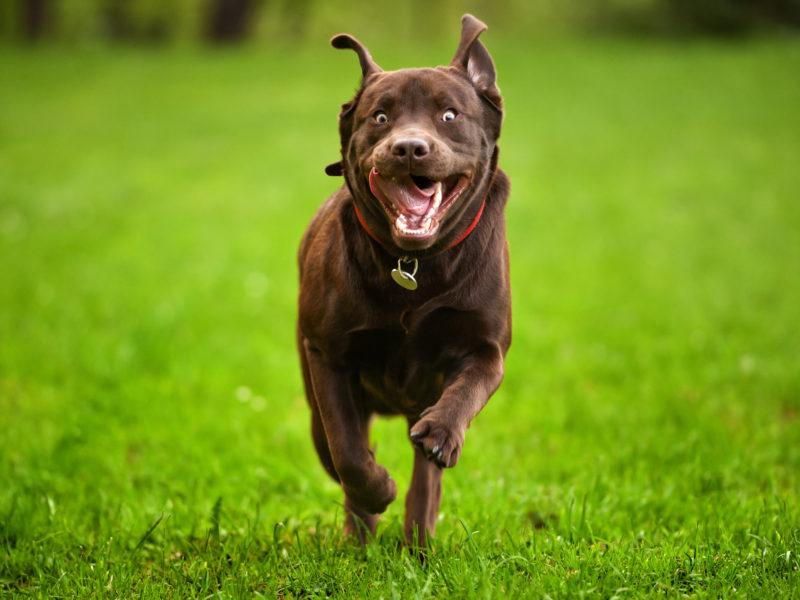
Midnight sprints around the coffee table? Those random bursts of manic energy—commonly called “zoomies”—often indicate an exercise deficit.
While occasional zoomies are normal, frequent episodes suggest your dog isn’t getting enough regular physical activity. They’re literally running off accumulated energy that should have been spent throughout the day.
Structured daily exercise helps regulate these energy spikes into more predictable patterns.
7. Difficulty Settling Down At Night
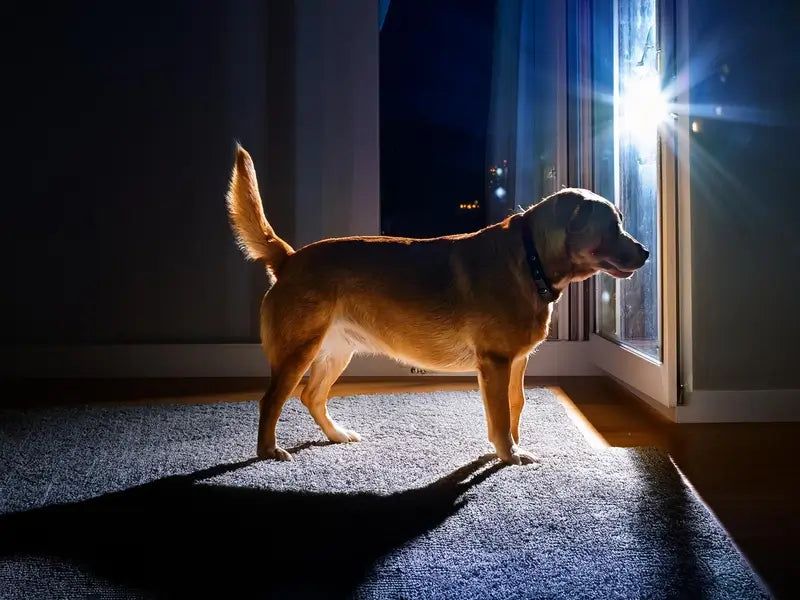
Your dog paces, whines, or repositions constantly when it should be bedtime. This restlessness often points to unused physical and mental energy.
Just like humans, dogs need sufficient daily activity to feel genuinely tired. Without it, their bodies remain in an alert, active state even when they should be winding down.
A consistent exercise routine creates a natural tiredness that helps them fall asleep quickly and stay asleep longer.
8. Basset Hounds: Professional Nappers
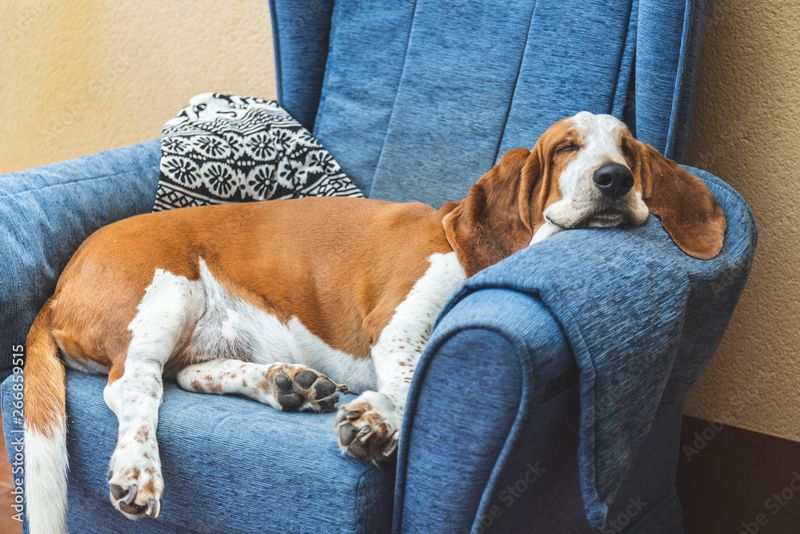
With their droopy eyes and laid-back attitude, Basset Hounds practically invented the concept of lounging. These low-riders were bred for endurance hunting, not speed.
Their short legs and heavy bodies naturally limit their athletic inclinations. While they enjoy tracking scents, they’re equally content snoring on your sofa for hours.
Two short walks daily usually satisfies their exercise needs completely, making them perfect apartment companions.
9. Bulldogs: The Couch Commandos
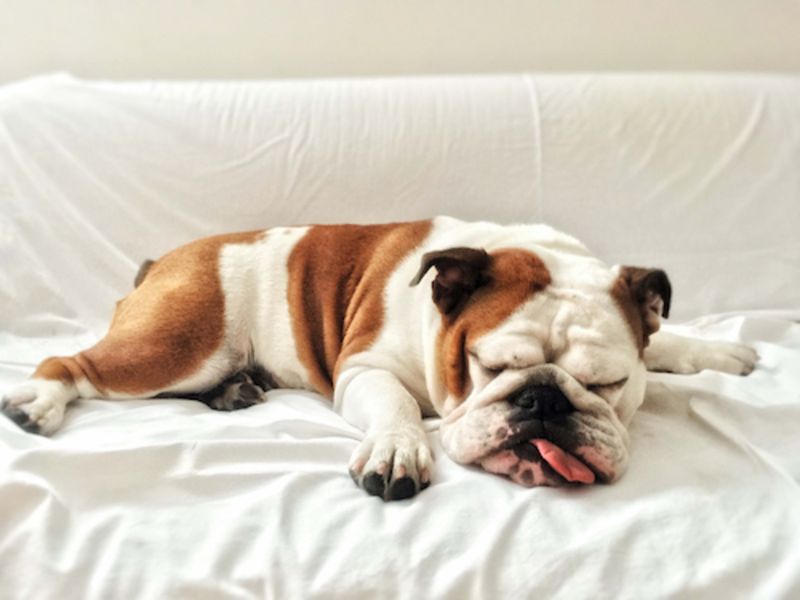
Bulldogs have elevated relaxation to an art form. Their squished faces and barrel-shaped bodies aren’t built for marathon running—they’re designed for short bursts of activity followed by extended recovery periods.
These stocky companions often prefer snuggling to sprinting. Their breathing limitations mean they naturally conserve energy whenever possible.
A gentle 20-minute walk and some indoor playtime typically fulfills their daily exercise quota perfectly.
10. Cavalier King Charles Spaniels: Royal Resters

These elegant little dogs carry themselves with royal dignity—and royal relaxation habits. Cavaliers were specifically bred as companion dogs for nobility, perfecting the art of quiet companionship.
While they enjoy short play sessions, their favorite activity is curling up beside their human. Their moderate exercise needs are easily met with a daily walk.
Their adaptable nature means they’ll happily match your energy level, whether that’s active or sedate.
11. Shih Tzus: Lap Luxury Specialists
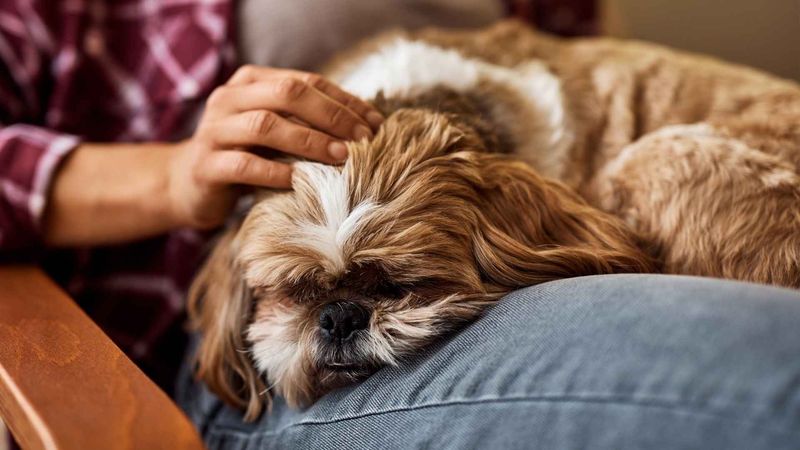
Originally bred as palace companions in ancient China, Shih Tzus perfected the art of royal relaxation centuries ago. These little lions prefer thrones (your lap) to treadmills.
Their flat faces limit strenuous exercise, and frankly, they’re quite content with that arrangement. A short daily walk and some indoor play satisfies their minimal exercise requirements.
They’d rather spend quality time being pampered than running around a dog park.
12. Chow Chows: Dignified Loungers
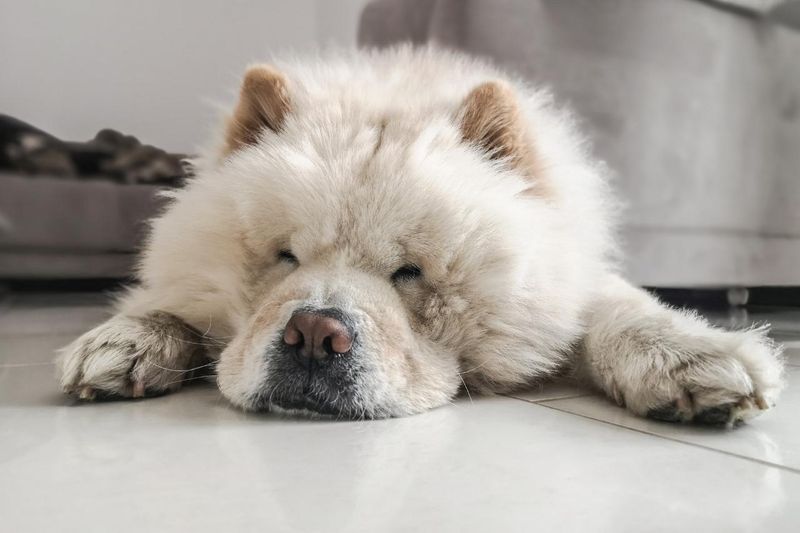
Beneath that lion-like mane lies the soul of a dignified couch potato. Chow Chows approach exercise with aristocratic restraint—they’ll do it, but they won’t be enthusiastic about it.
Their aloof, independent nature means they’re perfectly content entertaining themselves quietly or simply observing household activities from a comfortable spot.
Daily walks are necessary but keep them brief, especially in warm weather when their thick double coat can cause overheating.
13. French Bulldogs: Professional Snorers
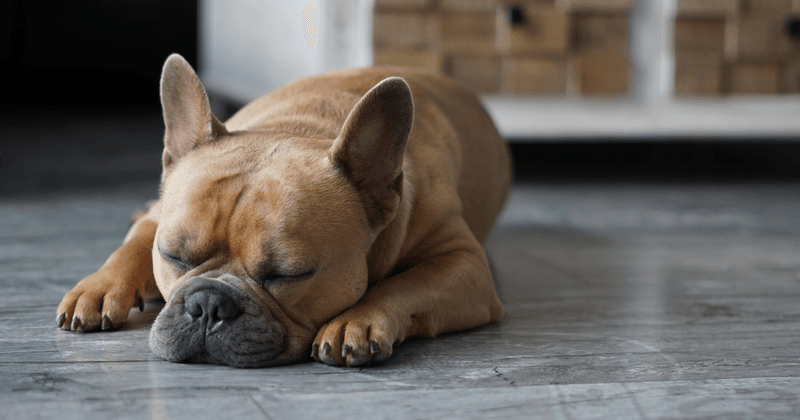
Frenchies have mastered the fine art of looking adorably pitiful when exercise is mentioned. Their compact bodies and breathing challenges make them natural loungers rather than joggers.
These clownish companions prefer short play sessions followed by extended naps. Their flat faces limit their exercise tolerance, especially in warm weather.
Most Frenchies are perfectly content with a couple short walks and some indoor playtime—then it’s back to their important snoring schedule.
14. Pugs: Masters Of Relaxation
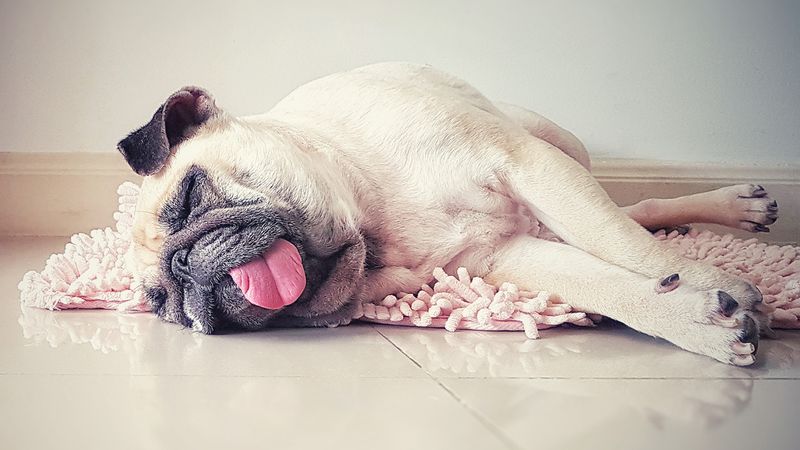
With their squished faces and curly tails, pugs were designed for one primary purpose: being adorable companions. Their breathing limitations naturally restrict their athletic abilities.
These little clowns enjoy brief play sessions but quickly return to their preferred activity—napping. Their compact bodies overheat easily, making them natural advocates for indoor relaxation.
A couple short daily walks satisfies their exercise needs completely, leaving more time for their specialty: cuddling.



